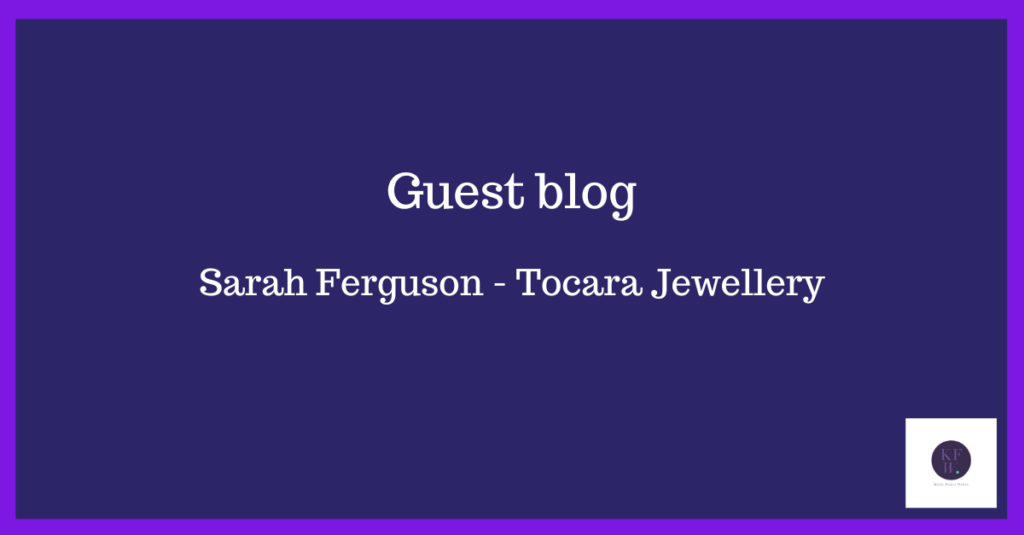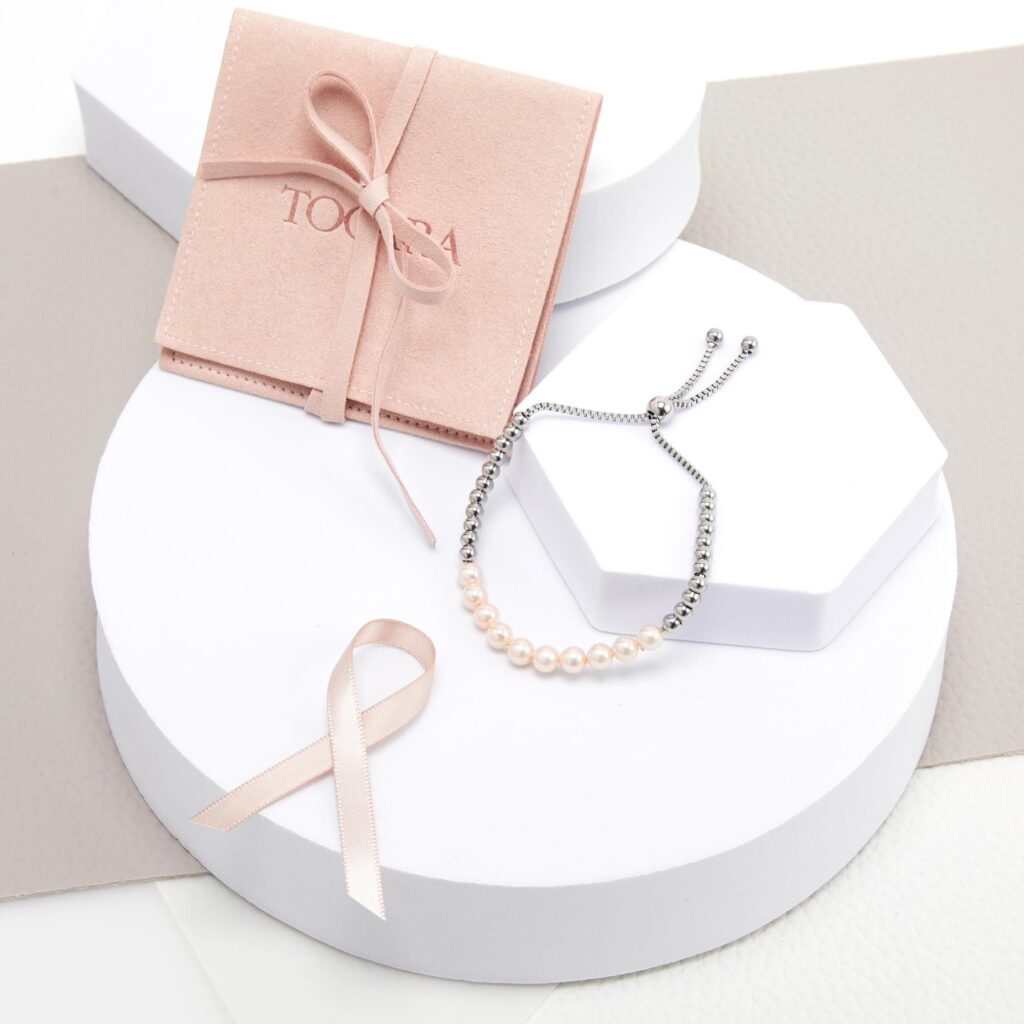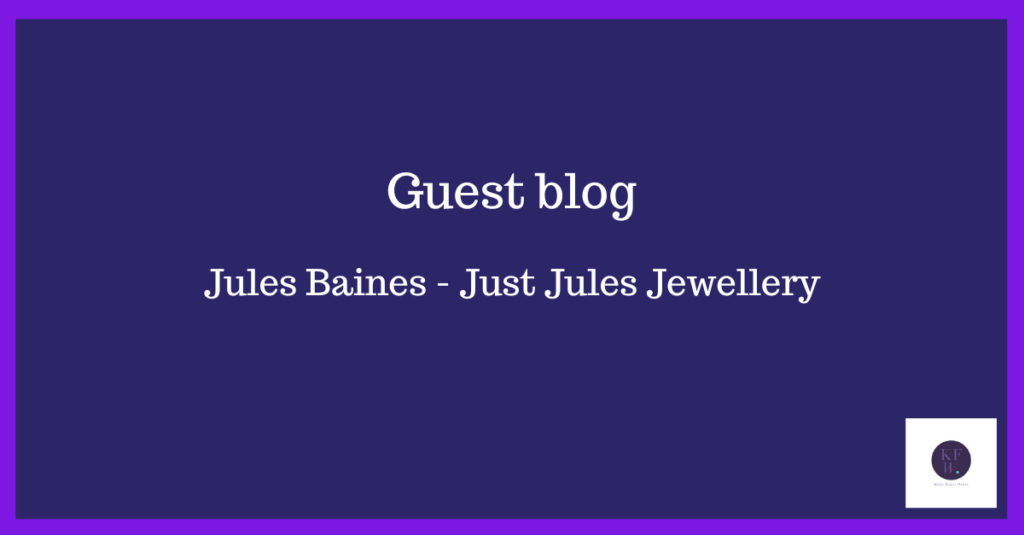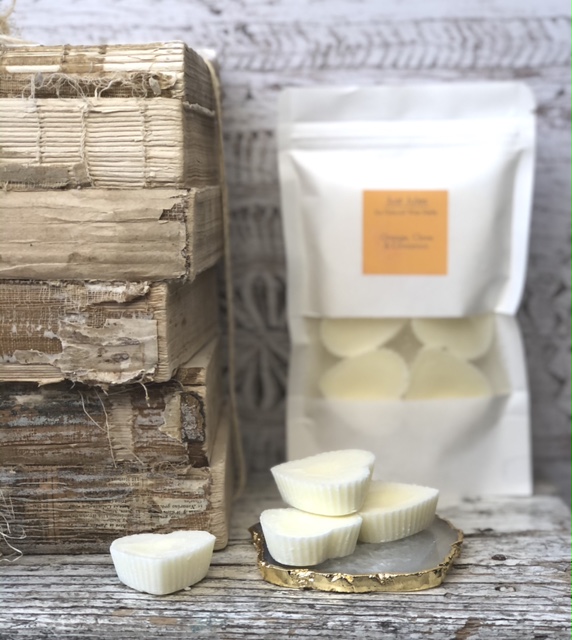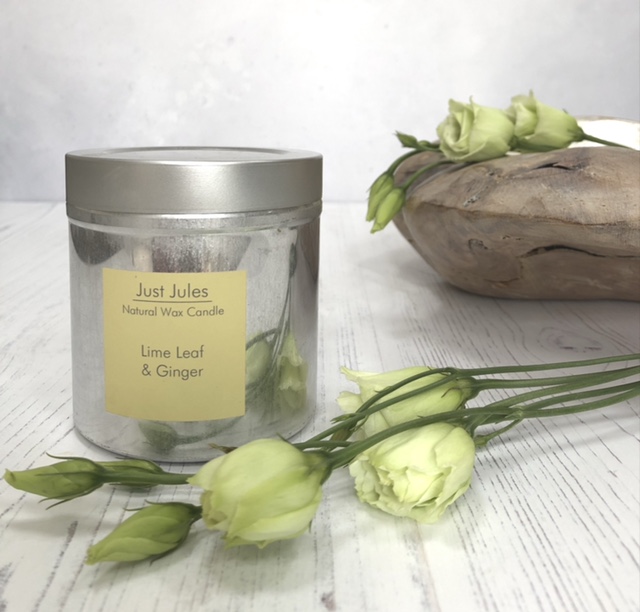
How do you deal with sensitive subjects in your content? Do you ignore them, skirt around the edges or share everything? You might wonder whether your definition of a touchy subject is the same as other people’s and worry about upsetting someone if you get it wrong.
The thing is, talking about sensitive subjects can help you connect with your audience. There’s no easy answer, but here are a few reasons why you might be avoiding some subjects and how you can approach them.
Maintaining client confidentiality
Maintaining client confidentiality is vital to every business, especially if you have a legal duty or signed an NDA. Alternatively, you might just not have permission from the client.
Anonymised case studies and posts can be a great way to talk about your work unless there are giveaway details. I’ve even heard about confidentiality agreements so tight you can’t even mention what you had for lunch. In some cases, you could tell the story and leave the confidential bits out.
Embarrassment
You might be reluctant to share a story if you messed up and don’t want to tell anyone. That’s natural, but we’re all human and make mistakes. The important thing is to reflect on what you learned from the experience and share that with your audience.
Sharing something a bit embarrassing humanises you. You’re not an invincible robot; you’re just like them. Depending on your audience, it could also help them avoid making the same mistake.
You’re worried about upsetting people
Some businesses have upsetting subjects at their core because of the services and support they provide. For example, mentioning bereavement can be upsetting, but if you’re a grief counsellor, you’re trained to help. People often put off writing a will because they don’t want to think about death, but your posts can educate people about why they need to act instead of ignoring something.
You can’t always predict what people will find upsetting, but knowing your audience and choosing the right words all help.
There are experiences you don’t want to share
That’s completely understandable. If an experience is still raw, you may not be ready to talk about it, which may never change. If you have a connection with your audience that helps you understand each other, it can help to share. You don’t have to share all the painful details if you don’t want to, but thinking about what you can talk about will establish that connection and can be incredibly helpful to everyone.
Don’t make jokes about sensitive subjects
This comes with a caveat. I have a friend in the medical profession who has told me about the dark sense of humour she and her colleagues share. It’s a way of releasing the pressure when you have people’s lives in your hands. They all get it, but a casual observer would be horrified. They make the kind of jokes you can only make when you’re sure of your audience. If you’re sharing something on a public platform and don’t know who will read it, tread carefully.
I can help you find the right balance in your marketing. When you work with me, I’ll get to know you and your business. I’ll suggest topic ideas if you need them, and we’ll spend half an hour a month (or longer if you prefer) chatting about your business and our latest topic. Then, I’ll write content that sounds like the best version of you and that your audience will love. Email me to arrange a chat, or use this link to book a Zoom call and find out more.
Alternatively, sign up for my mailing list here, and you could win a free copy makeover.



